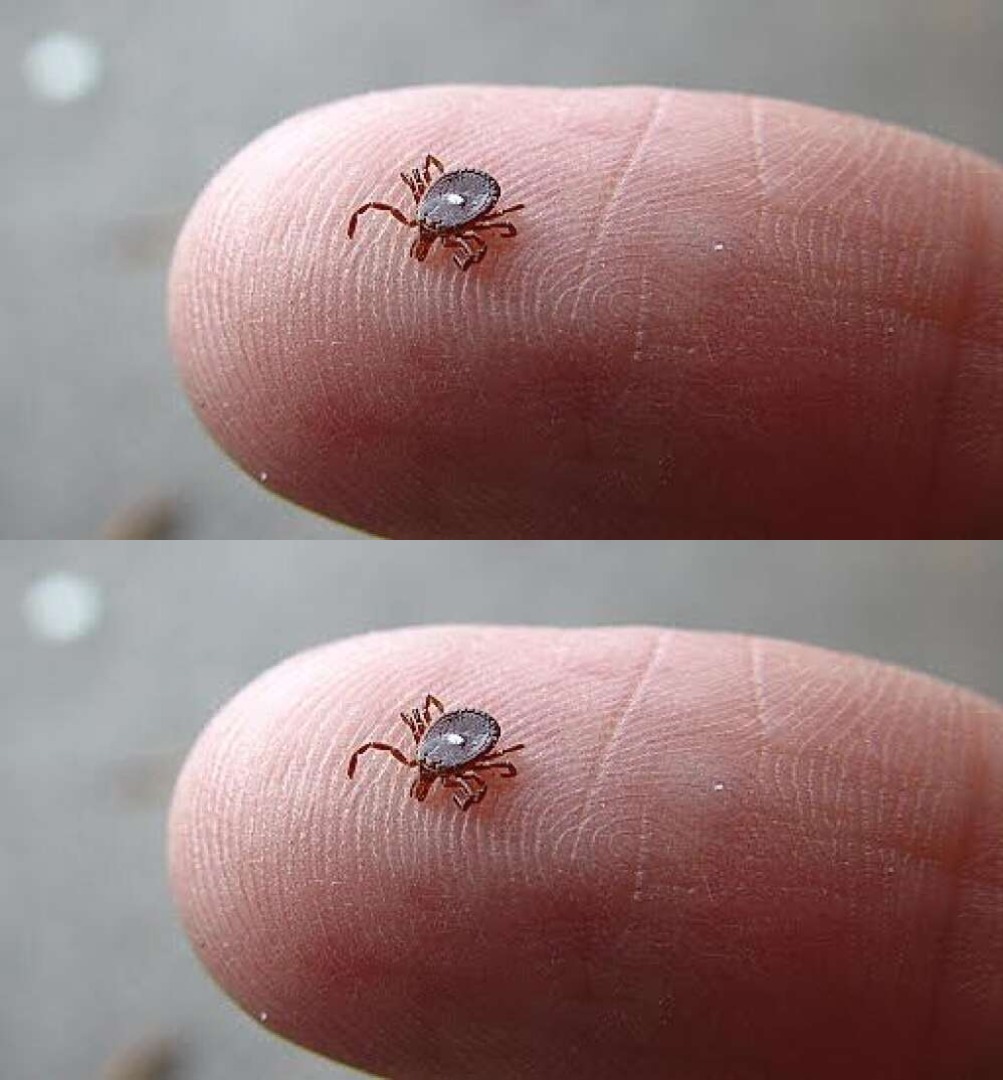A few weeks ago, I was out in my backyard doing battle with my barely-working lawnmower when I had a moment I’ll never forget. My golden retriever, Mochi, was relaxing under our big oak tree, watching me struggle. I felt a weird little tickle on my ankle—something just subtle enough to ignore, but annoying enough to make me scratch.

At first, I figured it was a mosquito, nothing out of the ordinary. But when I looked down, I saw a tiny black speck that definitely wasn’t flying away anytime soon. I leaned in, and sure enough, there it was: a lone star tick, easy to identify by the single white dot on its back. My heart dropped. I’m usually someone who can handle most of nature’s annoying surprises. Mosquitoes? A dab of anti-itch cream and I’m good. Bee stings? Annoying, yes, but manageable. But ticks? That’s where I draw the line. They absolutely disgust me, and more importantly, they can spread serious illnesses. This was my first personal experience with a tick, and to make matters worse, it just had to be the dreaded lone star tick. If you’ve ever had a run-in with one, you know that horrible feeling of panic that comes over you. Let’s take a moment to understand what makes the lone star tick such a big deal.
These aren’t your average ticks. Female lone star ticks have a single white spot on their backs, which is where their name comes from. But don’t let that cute-sounding name fool you—these ticks are aggressive. Unlike some ticks that just hang out and wait for a host to wander by, lone star ticks actively seek out a host. That means they will crawl toward you once they sense body heat or carbon dioxide. Creepy, right? If you spend time in grassy or wooded areas, especially in the southeastern or eastern U.S., this is one pest you need to be aware of. So what do you do when you find one on your skin?
First, don’t panic—yes, I know that’s easier said than done, and no, I didn’t follow that advice myself. But take a breath and act quickly. The longer a tick stays attached, the higher your chances of it transmitting something nasty. Grab a pair of fine-tipped tweezers, and gently grasp the tick as close to your skin as possible. Pull upward with steady, even pressure. Don’t twist or yank it, or the mouthparts might break off and stay behind. Once the tick is removed, clean the area thoroughly with rubbing alcohol or soap and water. And whatever you do, do not crush the tick with your fingers—you do not want that stuff anywhere near you.
Once removed, don’t just toss the tick away. Stick it in a plastic bag, tape it to an index card, or drop it in a sealed container. You may need to show it to a doctor later if you start showing symptoms. Jot down the date and location on your body where the tick was found. Then, over the next few weeks, keep an eye out for signs like rashes, fever, fatigue, or muscle aches. If anything unusual happens, don’t wait—call your doctor. Early treatment makes a big difference. To prevent future encounters, dress smart when heading outdoors—long sleeves, pants tucked into socks (yes, it’s a look), and repellents with DEET or permethrin.
Check yourself, your kids, and your pets when you come back inside. And for your yard, keep grass short, remove brush and fallen branches, and use gravel or wood chips to create tick barriers between your lawn and wooded areas. If ticks are a regular issue, you might even consider treating your yard with a pet- and kid-safe pesticide. My husband and I are actually planning to do that next week. Trust me, I understand the fear and the gross-out factor when it comes to lone star ticks. They’re sneaky, persistent, and just plain unpleasant. But the more you know, the better you can respond. With the right tools, a clear plan, and a little bit of bravery (okay, maybe a lot), you can handle the situation, protect your health, and keep these nasty bugs from ruining your time outdoors.





